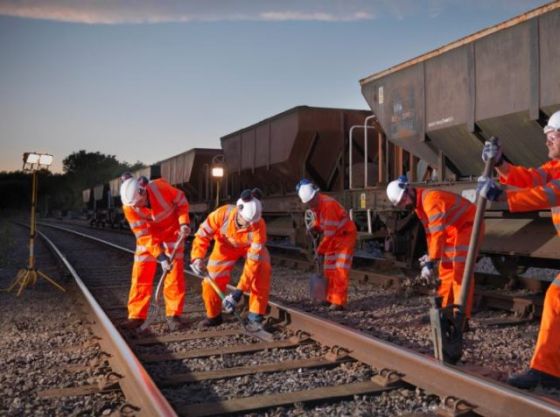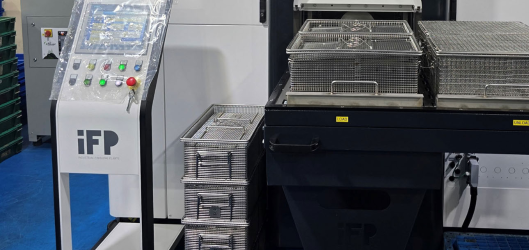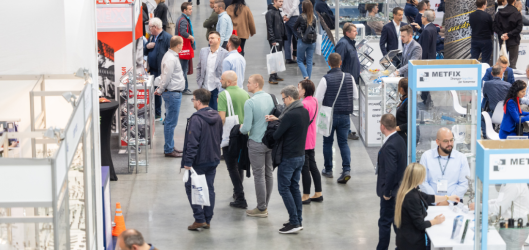
Charles Wilson, sales manager at Carrington Textiles provides an expert look at developments in the workwear sector
There have been some giant leaps in the protective workwear market in recent years that have proved great news for workers across all industries.
These developments recognise that workers’ environments can vary dramatically between different organisations and sectors. As such, the associated hazards will not be the same and a very different set of protective qualities will be required on a construction site compared to say an oil rig, coal mine or railway network.
Despite these different demands, the garments available to workers within a reasonable price bracket have been fairly limited in the past. It has meant that compromises had to be made when it came to clothing. For example, in bad weather, a worker may have pulled on a waterproof jacket over the top of flame retardant clothing. This would have increased weight, temperature and reduced air to the skin – leaving workers tired and uncomfortably sweaty.
Solving problems such as these has been the goal for PPE fabric producers, and it’s now providing workers with all the protective qualities they require. It is now far more likely that there will be a fabric capable of meeting the needs of their unique environments – within a lightweight and durable garment.
Multiple methods of protection
Rapid improvements in R&D are also allowing garment manufacturers to meet what were previously seen as incompatible demands. For example, producing a flame retardant garment that was available in a range of hi-vis colours was once considered the holy grail of protective workwear manufacturing.
This has now been achieved thanks to the development of new production techniques, which allow us to double weave the fabric – maintaining the inherent flame retardancy, but combining it with a hi-visibility face. This has had major implications for a variety of sectors, from the Italian emergency services to the UK railways.
Increase durability
Providing workers with hi-vis garments has long been a standard form of protection on work sites, especially where daylight hours are limited, and the weather is changeable. These demanding conditions have also seen a drive for more durable garments. We are now seeing fabrics featuring CORDURA-based polyester making these materials stronger and less likely to tear if they suffer from abrasions, for example.
We are also seeing a huge growth in fabrics offering a range of protective qualities that are also capable of withstanding the heat of industrial laundries. Partly inspired by the need for sustainability, this is also increasing the longevity of garments for the end user.
Lightweight and comfortable
Not only is protective clothing lasting longer, these protective fabrics are much more comfortable and easy to wear. This may sound like just a nice to have, but ease of movement has become a requirement recognised in several industries. For example, Network Rail in the UK requires fabrics to contain a whole plethora of safety standards in a fabric weighing no more than 310gm.
As developments have enabled manufacturers to include multi-functional benefits, such as protection from heat, electric arc and chemical splash all in one product, they have been able to meet those standards in more lightweight materials. These can also be applied to a two, or even three, layer fabric to provide a true multipurpose garment.
All the above means workers no longer need to make compromises. They can just get on with work, wearing protective garments that are ideally suited to their specific environment.
About Carrington:
This article was originally published in the March digital edition of Torque Magazine, available here. Alternatively, you can subscribe here, for free.



